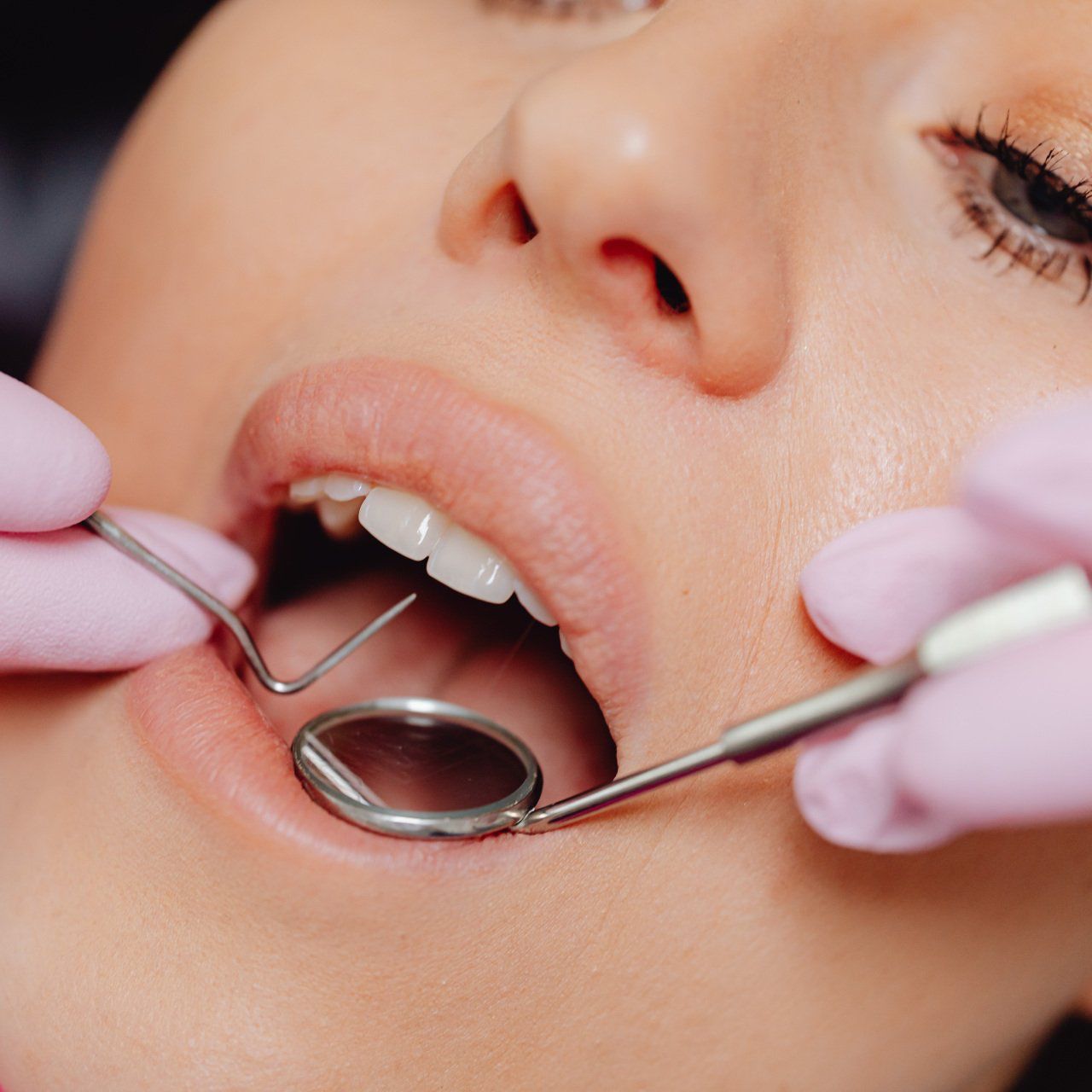
Phone: (970) 439-4993
Our Services
Regular Dental Cleaning:
Prophylaxis
Prophylaxis, in dentistry, refers to the professional cleaning of the teeth performed by a dental hygienist or dentist. It is also commonly referred to as a "prophy" or "cleaning."
During a prophylaxis appointment, the dental hygienist or dentist will use specialized tools to remove plaque, tartar, and other debris from the teeth and gums. This process is important for maintaining good oral health and preventing the development of periodontal disease.
Prophylaxis typically involves several steps. First, the hygienist or dentist will use a scaler or ultrasonic device to remove plaque and tartar from the teeth. Next, they will use a polisher and a gritty paste to clean and polish the teeth. Finally, they will floss between the teeth to remove any remaining debris.

Prophylaxis is typically recommended every six months for most patients, although some patients may require more frequent cleanings, such as those with a history of periodontal disease or who have other risk factors for dental problems.
In addition to removing plaque and tartar, prophylaxis appointments also provide an opportunity for the dental professional to identify and address any dental problems or concerns. They may take X-rays or perform other diagnostic tests to assess the health of the teeth and gums, and they can provide advice on proper oral hygiene practices.
Overall, prophylaxis is an important part of maintaining good oral health and preventing dental problems. By removing plaque and tartar and identifying potential dental issues, regular cleanings can help patients avoid more serious dental problems in the future.
About Periodontal Disease
Periodontal disease, also known as gum disease, is a bacterial infection that affects the tissues and structures that support and surround the teeth. It is a common and serious dental health issue that can lead to tooth loss if left untreated.
The earliest stage of periodontal disease is gingivitis, which is characterized by inflammation of the gums. Gingivitis is caused by a buildup of plaque on the teeth, which can irritate the gums and cause them to become red, swollen, and prone to bleeding.
If left untreated, gingivitis can progress to periodontitis, which is a more severe form of gum disease. With periodontitis, the gums begin to pull away from the teeth, forming pockets that become infected with bacteria. The body's immune system responds by attacking the bacteria, but the resulting inflammation can damage the gums, bone, and connective tissue that support the teeth.
Over time, periodontitis can lead to the loss of teeth and other dental health problems. It has also been linked to an increased risk of certain systemic health conditions, such as heart disease, diabetes, and respiratory disease.
Treatment for periodontal disease depends on the severity of the condition. Mild cases of gingivitis may be treated with improved oral hygiene, including regular brushing and flossing, and a professional cleaning from a dental hygienist or dentist. More advanced cases of gum disease may require more extensive treatment, such as scaling and root planing (deep cleaning of the roots of the teeth), antibiotic therapy, or even surgery to remove damaged tissue.
Prevention is key to avoiding periodontal disease. Maintaining good oral hygiene, including regular brushing and flossing, can help remove plaque and prevent the buildup of bacteria. Regular dental checkups and cleanings can also help identify and treat gum disease in its early stages. Additionally, avoiding tobacco use, eating a balanced diet, and managing chronic health conditions can all help reduce the risk of developing periodontal disease.

